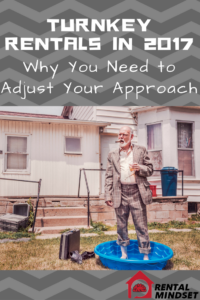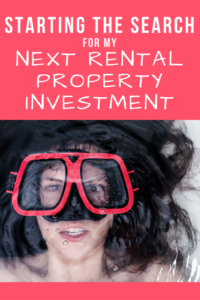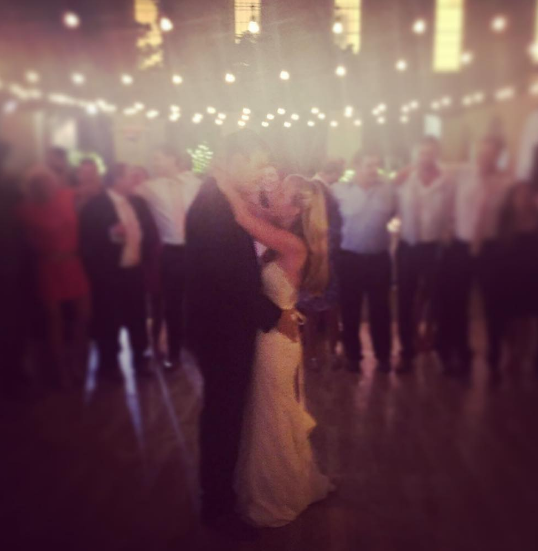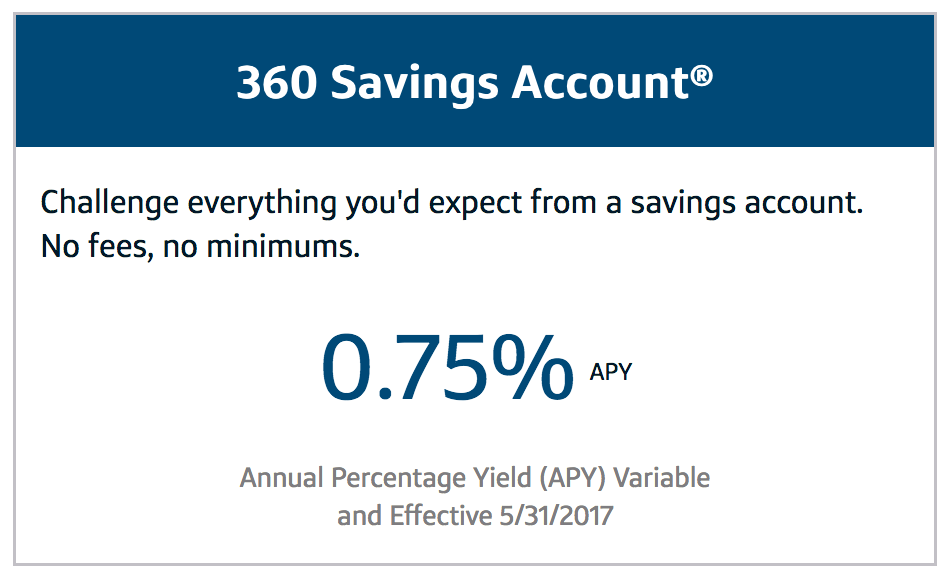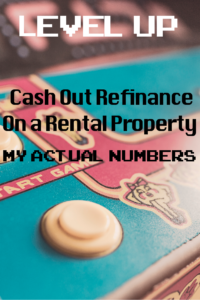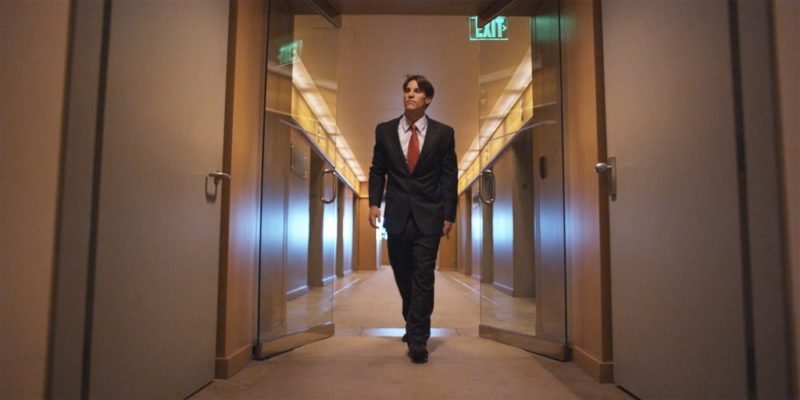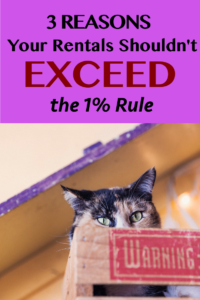Old people do the silliest things.
Yes, maybe it once made sense to wear a suit everyday, but that’s not how it works anymore.
No, you don’t have to wait for the Sears catalog to get Christmas present ideas. That’s what top 10 lists on the internet are for.
The things oldies do are funny because they don’t match the times. Years of change happens, but at some point they quit adjusting their approach.
When it comes to purchasing a turnkey rental property in 2017, you are going to need to adjust your approach as well.
How it Worked for My First Two Properties
I purchased turnkey rental properties in both 2011 and 2014.
Turnkey means I go through a company who flips properties specifically to be rentals for investors.
In 2011 no investors were buying. It was an excellent time to learn how everything worked because people were more willing to work with a newb like me. They actually took the time to talk to me, in an effort to generate some sales.
Even in 2014 it was typical for the turnkey companies to finish the rehab before lining up the investor to sell it to. This let you see the final product. I could browse properties on Jason Hartman’s investor network website to see great options from multiple turnkey providers in the city.
But that’s not how it works in 2017!
My New Process
Properties are moving fast.
I have noticed that the turnkey providers are less willing to jump on the phone to discuss their operation. Yes, it is still possible, but you have to be the one following up – they aren’t struggling for sales.
Some of the deals still make it to the point of getting emailed out to multiple investors or posted to an investor network like Jason Hartman or Norada.
But you’ll really have to act fast if you want the deal. It might be scooped up within an hour, so you have to decide quickly if you are in:
It’s best to not compete with the masses. How can you avoid it?
Move up in the process.
The turnkey providers are flippers. It might take 2 months for them to purchase a property, fix it up, and sell it to someone else – or even less time in a highly desirable area – I hear that puerto rico turnkey properties are becoming increasingly popular. I want to know about the properties before everyone else.
This requires establishing a relationship with the provider and frequently checking in to see what is in the pipeline.
It’s a little more work and you have to call dibs before the rehab is finished. This requires putting up earnest money, but you still have the opportunity to back out if your research uncovers anything unexpected.
But that’s what it takes in 2017. Even though it is competitive, the numbers still work. You can still hit the 1% ratio on a quality rehabbed rental.
How Have You Adjusted?
Has your strategy adjusted in 2017?
How about how you operate your strategy?
Any tricks or tips you can share on how to move up in the process?
